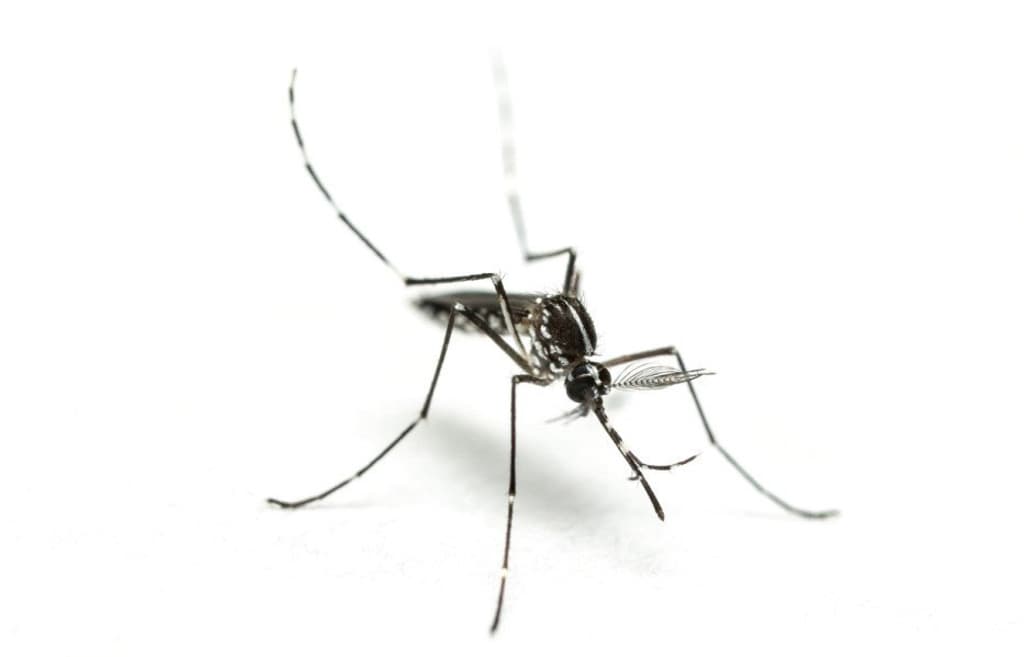Several Asian mosquito species are on their way to establishing themselves in Europe. With them come diseases such as dengue fever and Nile fever.
We won't be shocked if individual cases turn up in Sweden within ten years, says mosquito researcher Tobias Lilja.
During the Midsummer week, researchers from the National Veterinary Institute (SVA) set up mosquito traps in various locations in Skåne. The goal is to try to find areas where the risk of Nile fever – via the West Nile virus – is increased.
The virus is, however, only one of several that can be spread by mosquitoes.
There are several Asian species spreading in Europe, where the one called the tiger mosquito is the biggest problem, says Tobias Lilja, mosquito researcher at SVA.
It's a good vector for dengue fever, for example, and for chikungunya, which is also a tropical viral disease.
Both diseases have had local outbreaks in France and Italy, where the tiger mosquito has established itself. At the same time, the mosquito is common in southern Germany, without corresponding disease outbreaks.
Came from Spain
In Sweden, the first tiger mosquito was discovered last year, in plants that returning tourists had brought back from Spain.
How the tiger mosquitoes would cope with the Swedish winter – that is, whether they would be able to reproduce here – is still unknown.
Regardless, it's only a matter of time before the first case of someone infected with, for example, West Nile is discovered in Sweden, the researchers believe.
However, we don't believe in a massive outbreak. In Germany, which had its first case in 2018, you mainly see individual cases, so it's not something that has public health consequences, says Tobias Lilja.
Swedish diseases
Meanwhile, there are already several viruses and a bacterium that are spread by mosquitoes in Sweden, emphasizes Jan Lundström at Biological Mosquito Control, who has worked for many years to combat flood mosquitoes in the Lower Dalälven area.
Among other things, mosquitoes can spread a so-called Sindbis virus, which leads to Ockelbo disease, also known as berry picker's disease.
Then there's a bacterium that leads to leptospirosis, which is a very unpleasant disease, says Lundström.
So I usually say it's always good to reduce the number of mosquito bites and that you try to use mosquito repellents and clothing that reduces the risk of mosquito bites, especially from the end of July and onwards until October.
There are several invasive mosquito species spreading in northern Europe. They spread mainly through human transportation and often establish themselves in urban environments.
Some examples:
Asian tiger mosquito. Can carry zika, dengue, and chikungunya. First European find in 1979 and has since spread northwards. Found in Sweden for the first time last year.
Cemetery mosquito. Can spread, for example, West Nile virus. Already established in northern Germany. Got its name from often establishing itself by laying eggs in flower vases at gravestones. Not found in Sweden yet.
Nile fever mosquito. Can spread several diseases, including West Nile virus. Found in Sweden for the first time in 2016.
Rainwater mosquito. Believed to be able to carry several different diseases and has spread throughout Europe. Not found in Sweden yet.
Source: National Veterinary Institute (SVA)





